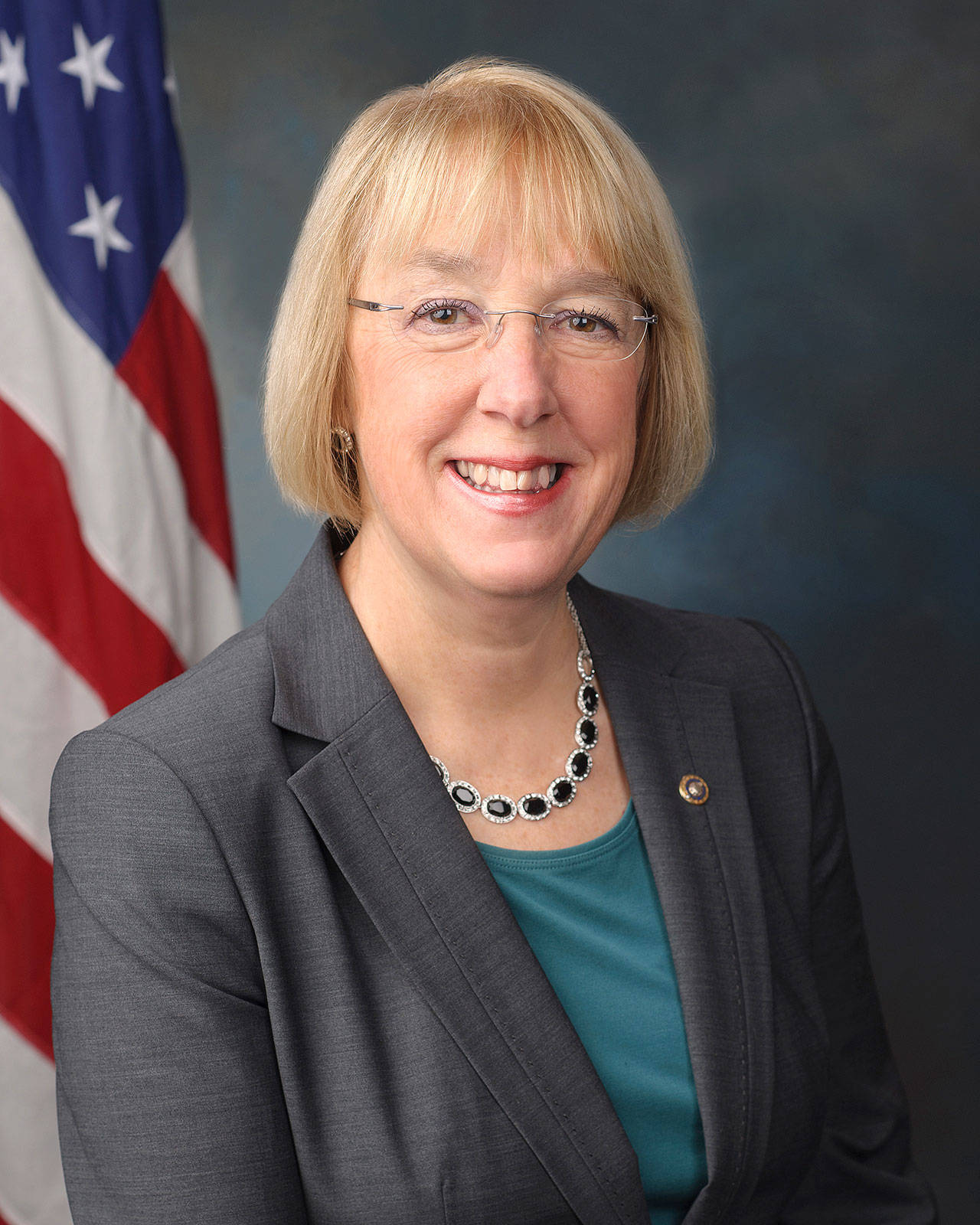The academic school year is quickly coming to a close and many parents will be faced with the stress of finding affordable, accessible and quality child care.
In Washington, 2017’s annual median cost for infant child care was $13,212. In King County, it was $17,988.
In Child Care Aware of Washington’s 2017 study, the number of child care providers dropped from 6,300, with capacity for 166,805 children in 2013, to 5,488 providers with capacity increasing to 169,464 children.
Fewer providers, more children and a higher cost than ever before. This is not a new problem. Nationwide, the cost of child care has exceeded the median rent cost in every state.
Due to the increasing cost for child care, many parents have had to make a choice between working and paying for child care.
To address the issue, Sen. Patty Murray and Rep. Bobby Scott (VA-03) introduced the Child Care for Working Families Act last September before Congress.
The act would ensure that no family with less than 150 percent of state median income pays more than seven percent of their income on child care.
“The expense here is huge. I’ve talked to parents on the Eastside who just aren’t working, or can’t work, or work half time, or leave them with a friend or relative because there is no other access,” Murray said. “That’s an impact to their own family [and] to their own future.”
The act would also support universal access to high-quality preschool programs for all 3-year-olds and 4-year-olds as well as significantly improve compensation and training for the child care workforce.
As a former cooperative preschool teacher at Shoreline Community College, Murray said high-quality early childhood education is important to her.
“Daycare operators [have told] me that the turnover for their teachers is so high because the salaries aren’t competitive,” Murray said. “Kindergarten teachers have told me that in their classrooms that half the students don’t know how to hold a pencil or how to turn a page in a book…[the kids] didn’t have the basic skill set that we need them to have when they enter kindergarten.”
In addition, the act would:
- Establish a new federal-state partnership to provide high-quality, affordable child care from birth through age 13.
- Double the number of children eligible for child care assistance.
- Provide incentives and funding for states to create high-quality preschool programs for low and moderate income 3- and 4-year-olds during the school day, while providing a higher matching rate for programs for infants and toddlers.
- Build more inclusive, high-quality child care providers for children with disabilities, and infants and toddlers with disabilities, including by increasing funding for the Individuals with Disabilities Education Act. Help all Head Start programs meet the new expanded duration requirements and provide full-day, full-year programming.
Murray said that while some may believe it’s too large of a goal, the Child Care Development Block Grant increased by about $2 billion in the last budget.
“We’ve been able to convince enough people that an investment in this is the right way to go,” she said. “As a result of that, states will get larger grants and be able to put it into quality, cost, or increased access, but that’s a huge step forward.”
The act is currently in the first stage of the legislative process.



